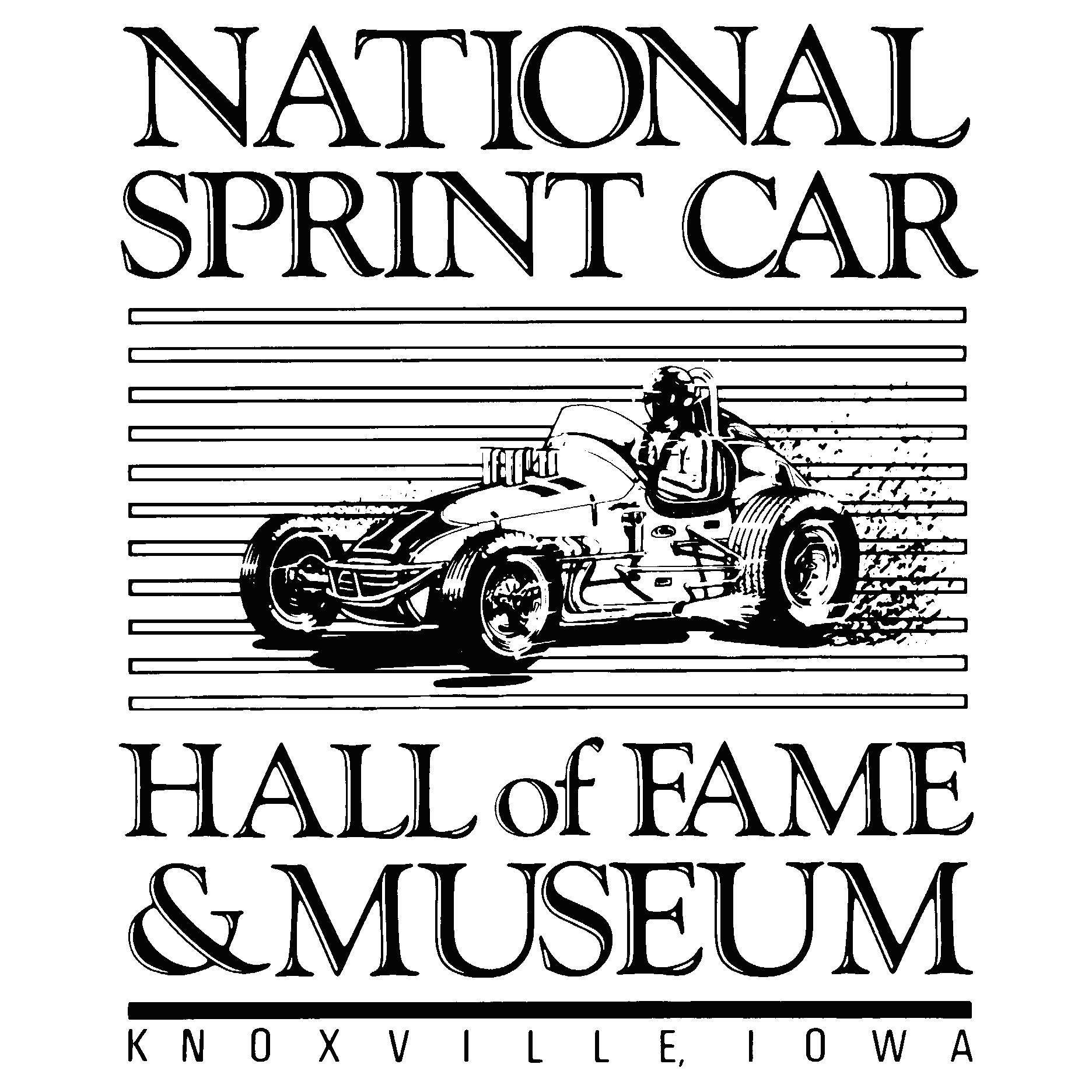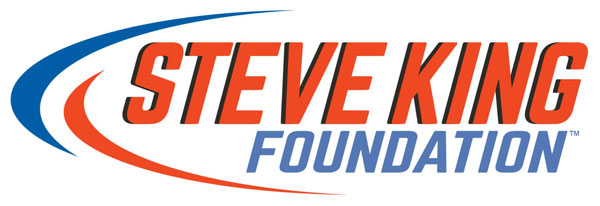Buescher is better suited to exact change at Roush Fenway Racing
Photo by Matt Sullivan/Getty Images
Jack Roush understands that racing is cyclical.
Before Ricky Stenhouse Jr. won twice in 2017 and qualified for the Playoffs, Roush Fenway Racing experienced a three-year famine without a driver in Victory Lane or advancing to the postseason. Now, with Ryan Newman in the fold, RFR is on the upswing again.
But if the organization had any glimmer of returning to its winning ways, Roush had to find a driver who was as hungry and committed as Newman. Fortunately, former RFR employee and Xfinity champion Chris Buescher was available.
While it would be easy to dwell on the machinations that led to Stenhouse’s departure and Buescher’s re-signing, ultimately, Roush’s focus was not just to right a wrong but to also right a ship that had been off course for some time.=
“It’s not often in real life that you have a chance to re-do a mistake,” said team co-owner Jack Roush of allowing Buescher to leave. “I figure as I’ve looked back at the 32 years I’ve been involved with stock car racing that the decisions I’d made that I wish I could have made over and, fortunately, this is the one that I can makeover.
“In 2015, he won the Xfinity championship or Nationwide championship at the time and he completed a lot of laps, led a lot of laps and was a good points racer as well as a good closer.”
Once a powerhouse in NASCAR and the only team in the history of the sport to advance five teams in the Cup Playoffs in one season (2005), Roush scaled back to four cars after the sanctioning body changed the rules in 2010 and downsized to three in 2010.
After losing marquee drivers such as Matt Kenseth in 2013 and Carl Edwards in 2015, the company didn’t visit Victory Lane again until Stenhouse’s Talladega win in spring 2017. By then, RFR had reduced its fleet to just two Cup teams, but neither had a franchise driver behind the wheel.
Buescher claimed the last Xfinity Series title for the company in 2015 when it still had four full-time NXS teams. He also competed in six Cup races that season with Front Row Motorsports before going out to the company on loan for 2016. Buescher won his first and only Cup race at Pocono and advanced to the 2016 Playoffs with Front Row. That wasn't the case for Stenhouse, Greg Biffle or Trevor Bayne at RFR.
Clearly, Roush now regrets letting Buescher go.
“When we looked at 2016 and what we had in front of us in terms of talent, I decided at that time that I would dilute my existing programs more than I should be starting a program for Chris, and I wish I had done that differently, and we’ve got a chance now to build behind him,” Roush said. “But Chris has spent the time in-between learning things and building his career, building a reputation for the kind of racer that he is on the race track.
“Certainly, he exemplifies and complements the number 17 car number that Darrell Waltrip initially and that Matt Kenseth more recently had used for their stock cars, and not that he’s in Darrell Waltrip’s fold, but certainly Matt Kenseth raced in the way that Chris likes to race. I think that will work out very well with Ryan Newman’s attitude towards racing and what he does with his car and the way he approaches this sport generally.”
In 2017, as RFR attempted to rebuild its program with Stenhouse and Bayne, Roush enabled Buescher to join JTG/Daugherty Racing. Despite transitioning to a new team, Buescher finished 25th in the standings—two positions better than his veteran teammate AJ Allmendinger. This season, Buescher is enjoying his best average finish (17.6)—three positions better than Stenhouse.
Roush believes Buescher is a driver he can build a program around.
“We think that we’ll have a chance to make our cars better by having the similarity in the approach to the cars that we see in Ryan for what we saw in Chris before,” Roush said. “I think that some of the best days for Roush Fenway are in front of us.”
During the Roush glory days, all of its drivers were on the same page. The veterans offered valuable feedback and pushed each other to be more competitive. The loss of Kenseth and Edwards proved devastating.
“We got ourselves into a situation where we were really challenged,” Roush said. “I had to stop and think if our engineers knew how to engineer, and if our fabricators knew how fabricate, if our wind tunnel program was working right because we had so much trouble getting the speed out of our cars, and with Ryan—and actually with Matt Kenseth’s help last summer—we identified some things we should be working on, which had not been on our radar screen, and we worked on those things and when we put Ryan in the car he fell right in line with what Matt Kenseth had thought was our priorities, and we see Chris falling in the same line.
“So, I look forward to having cars that are more similar for both drivers that we can develop from race to race by not having so many wrecks. Ryan has done really well this year in terms of keeping his car together and Chris has got a history doing the same thing, so we’re going to work on our cars to make them faster and to not be repairing them when they’re damaged. We’re going to work on a consistent car that they both like, and I think we’ll have much better success.”

.png)





